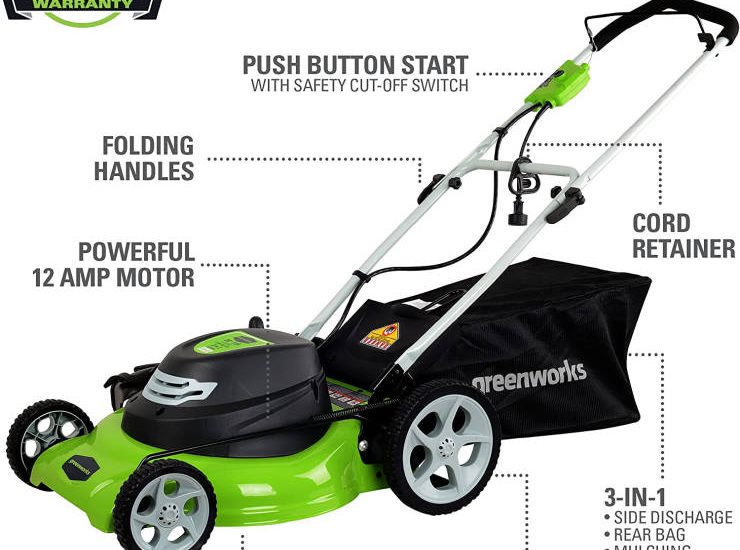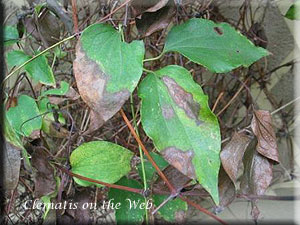Dragon Jade Plant: How to Grow & Care
The Dragon Jade plants are a one-of-a-kind and attractive houseplant, come in various colors, and although they do require some care like every other plant, they are one of the easiest to maintain with little care. This is why they’ve become one of the most popular houseplants among both amateur and professional gardeners.
The Dragon Jade is native to Southeast Asia. It has trailing leaves that are closely interwoven and resemble dragon scales. Because of their leaves, these plants are also known as dragon bubbles or bubble plants. They’re sometimes referred to as ‘Ant Plants’ because of their symbiotic association with ants. Their scientific name is Dischidia nummularia.
The Dragon Jade is a desirable houseplant since it is simple to care for once you understand how to care and what it requires, and it will make a lovely addition to any home.
What Is a Dragon Jade Plant?
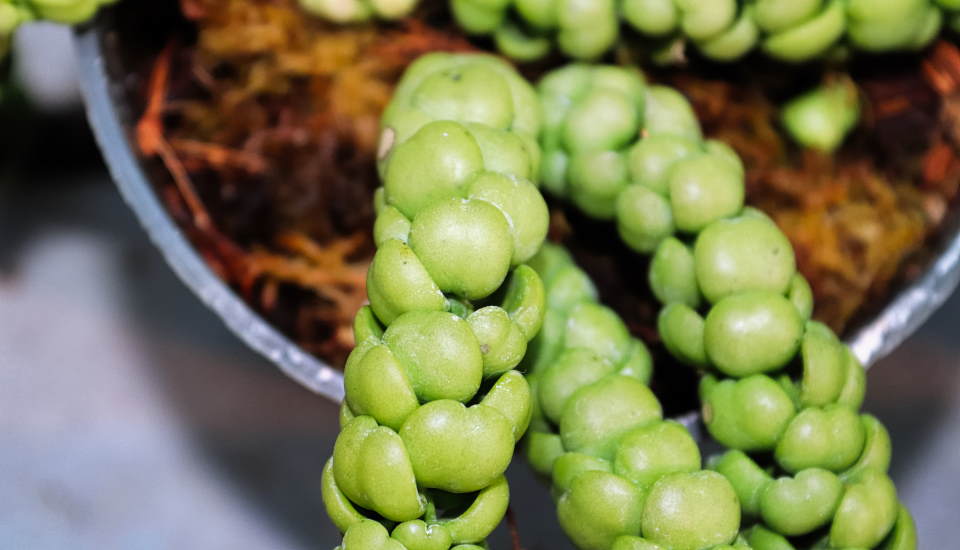
Dragon Jade plants are members of the Apocynaceae family, sometimes known as the Milkweed family. Due to its beautiful appearance, the Dragon Jade is a very popular plant.
Dark green leaves grow in pairs on this herbaceous plant, each with the margins curled under, giving it a distinctive appearance. Like a green pearl necklace, it has round, plump, water-filled leaves with lines close together. The leaves have a bubble-like appearance and are frequently puckered and crinkled. It’s an epiphyte, or air plant, that may grow on trees and rocks.
Dragon Jades are lovely plants that will hang down and climb from a shelf, a hanging basket, or a windowsill. Because they are native to Asia, these plants thrive in hot, humid environments. They demand more humidity than the usual succulent and should be kept in settings with bright, indirect sunshine.
The Dragon Jade grows slowly in comparison to many succulents. So it’ll probably take years to establish a mature plant with proper care if you’re propagating a cutting. The Dragon Jades grow two to eight inches every year on average. They thrive in tropical and subtropical climes but may thrive in almost any environment with the correct care.
Even though growing and caring for a Dragon Jade is easy, if you want to add some instant greenery to your home, you can buy a mature plant rather than growing your own.
How to Grow and Care for a Dragon Jade Plant
The Dragon Jades may be cultivated in almost any climate and, with proper care, are quite easy to maintain. They are grown as houseplants, in bonsai gardens, and in warm areas, outdoors.
The Dragon Jades can be cultivated outside but is more commonly grown indoors. Outdoors, they can be grown all year as landscape plants in areas with a dry, mild environment.
Although Dragon Jades are very easy to care for, they have certain unique needs. It’s a little different to grow and to care for a Dragon Jade is somewhat different from other houseplants. Here are some tips on growing and caring for a Dragon Jade.
Where to place the Dragon Jade plant
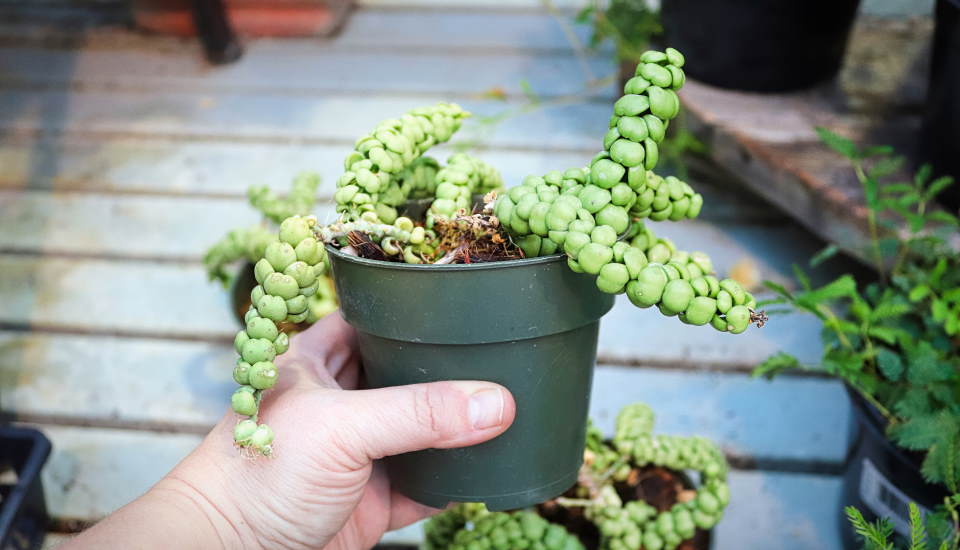
A Dragon Jade is susceptible to sunburn if not cared for properly. However, there are a few simple actions you may take to avoid it.
In order to grow large and healthy, Dragon Jades require a lot of sunshine. Medium to bright light is required for Dragon Jades. They can become weak and feeble if they are not given adequate light.
Indirect sunlight is ideal for the Dragon Jades. Place them where they will receive at least 3-4 hours of daily sunlight. If your plant is in the shade, you can grow it on a sunny windowsill. If your house does not receive enough sunlight, grow lights can be used to help the plant grow.
The Dragon Jade thrives in the early morning sunlight. In order to give them the correct care, you need to keep them near an east-facing window so they may get plenty of light without burning.
If you put them in direct sunlight, the leaves will burn. However, do not leave them in complete darkness. They will drop their leaves and not grow properly if they do not receive enough light.
Temperatures of at least 12°C (56°F) are ideal for these plants. It’s best not to put succulents near heaters or vents since they emit hot, dry air, which will dry out them and cause low humidity.
If the leaves of your Jade plant start to fall off, it means it is getting too much light or has been burnt. They will die if it is exposed to too much light.
Humidity
Dragon Jades are succulents that thrive in hot, humid conditions. As a result, they require sufficient humidity to grow. If you reside in a dry or cold climate, you might need to care for it slightly more than usual. You can sprinkle them with a spray bottle every few days to provide humidity.
Alternatively, a tray of water and stones can be placed beneath your Dragon Jade. When the water evaporates, it serves to raise the humidity in the atmosphere.
To improve humidity between tropical plants and succulents, arrange them together in close proximity.
Adding humidity to your Dragon Jade using a humidifier is also a good idea.
Watering the Dragon Jade plant
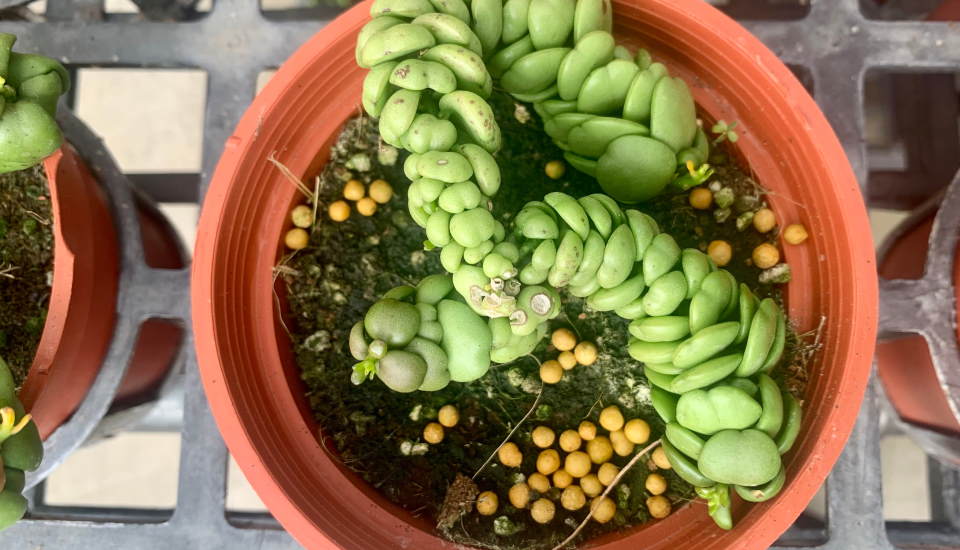
Dragon Jades are air plants, which means they despise water and get most of their moisture from humidity. They do not need as much water as other typical houseplants, they are easier to grow and care in this way.
Allow your plant to dry before watering completely. You’ll need to water them less frequently if you reside in a humid climate. Make sure you don’t overwater them. Rather than watering like other houseplants, wet the bottom for a few hours to supply water. A succulent fertilizer can also be applied once a year.
However watering the Dragon Jade during the growing season is crucial. To create a suitable root system, the soil must be kept moist with enough moisture. Three times a week, water your plant. Rain should not be allowed to fall since it will be damaged.
Water only when the soil is dry if it is not growing season. The plant may die if it becomes too dry. Allow the soil to dry out in the winter after keeping it mildly moist from spring to fall.
Do not mist your plant; they don’t like to be overwatered, and they also do not require misting and will thrive without it. Overwatering is the most common reason Dragon Jades die.
Propagating The Dragon Jade Plant
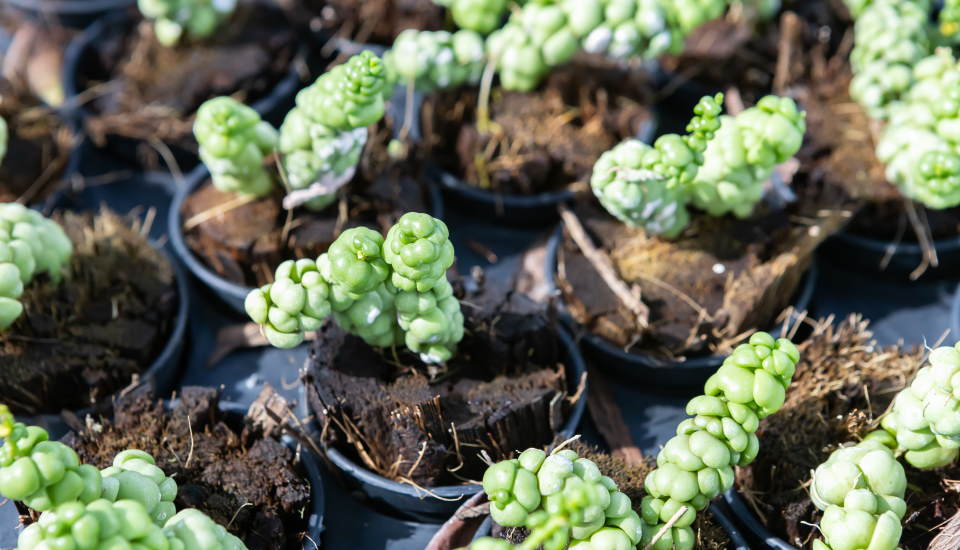
If you enjoy growing and caring for a Dragon Jade, propagating is an excellent technique to increase the number of lovely Dragon Jades in your home without needing to buy more.
You can propagate your Dragon Jade by taking a cutting during the summer months. Plant in a pot with a plastic cover or cling film over the top of the cutting has at least two nodes. This will assist your cutting to get the heat and humidity it needs to flourish.
There are a few caring steps to ensure your cuttings become a healthy new plant. The first thing to remember when trying to figure out how to plant Dragon Jade cuttings is that you should wait until you have a fully developed Dragon Jade before attempting to reproduce it.
The Dragon Jade grows quickly, so propagate it once a month. You won’t need to add fertilizer to a good potting mix because it usually contains a nice blend of nutrients.
Soil
Plants that grow successfully in coconut husk or orchard bark require dry, well-draining soil. To give them the proper care, you can mix these into 50% potting soil, and you can also add perlite or succulent soil to the container.
Repotting The Dragon Jade Plant
The Dragon Jade can last for a long period in its pot. However, it will eventually become pot constrained and lack appropriate root area. You must now repot the plant. Dragon Jades like smaller pots and a slightly root-bound state to thrive. Repot them in a container that is one or two sizes larger.
Pruning the Dragon Jade plant
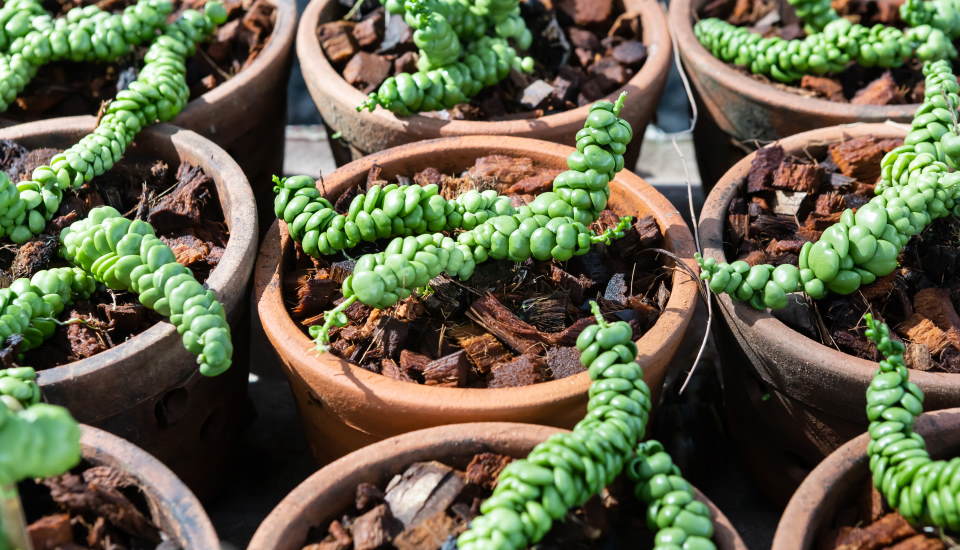
The Dragon Jades develop quickly with proper care. You must prune the Dragon Jade on a regular basis to keep it in a manageable state. Pinch off the leaves with your thumb and index fingers to keep them well-groomed.
Pruners can also be used to complete the task. Use a set of pruning shears that are clean and sharp. Feel free to pick off any dead or dying leaves.
Toxicity of the Dragon Jade Plants
Dragon Jades are unique and fun to care for them; however, it’s important to note that they are hazardous to humans and animals if eaten.
Keep them out of reach of little children and pets when cultivating them. They also bleed a hazardous sap that can irritate the skin.
Conclusion
Dragon Jades are striking houseplants that look wonderful on windowsills, shelves, and hanging baskets. They will give your home an unusual appeal. The best part is that you don’t need to be a pro to cultivate them at home to grow and care for them; they are very easy to care for.
They’re an air plant that’s quite easy to look for, although they require a certain amount of humidity and sunlight. With proper care, you can grow your own Dragon Jade at home.
You may also be interested in:
Why Is My Snake Plant Dying? Simple Solutions
You can find more about dragon jade plant from here:

